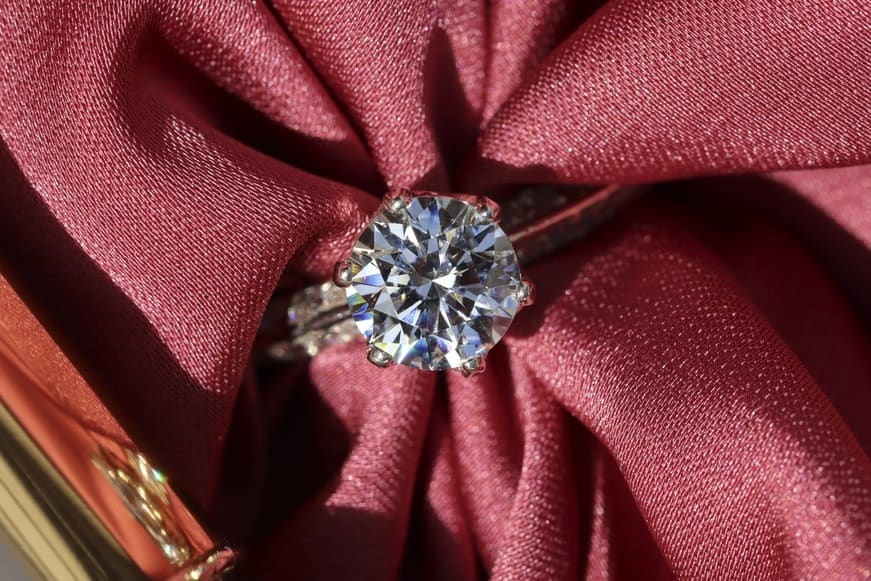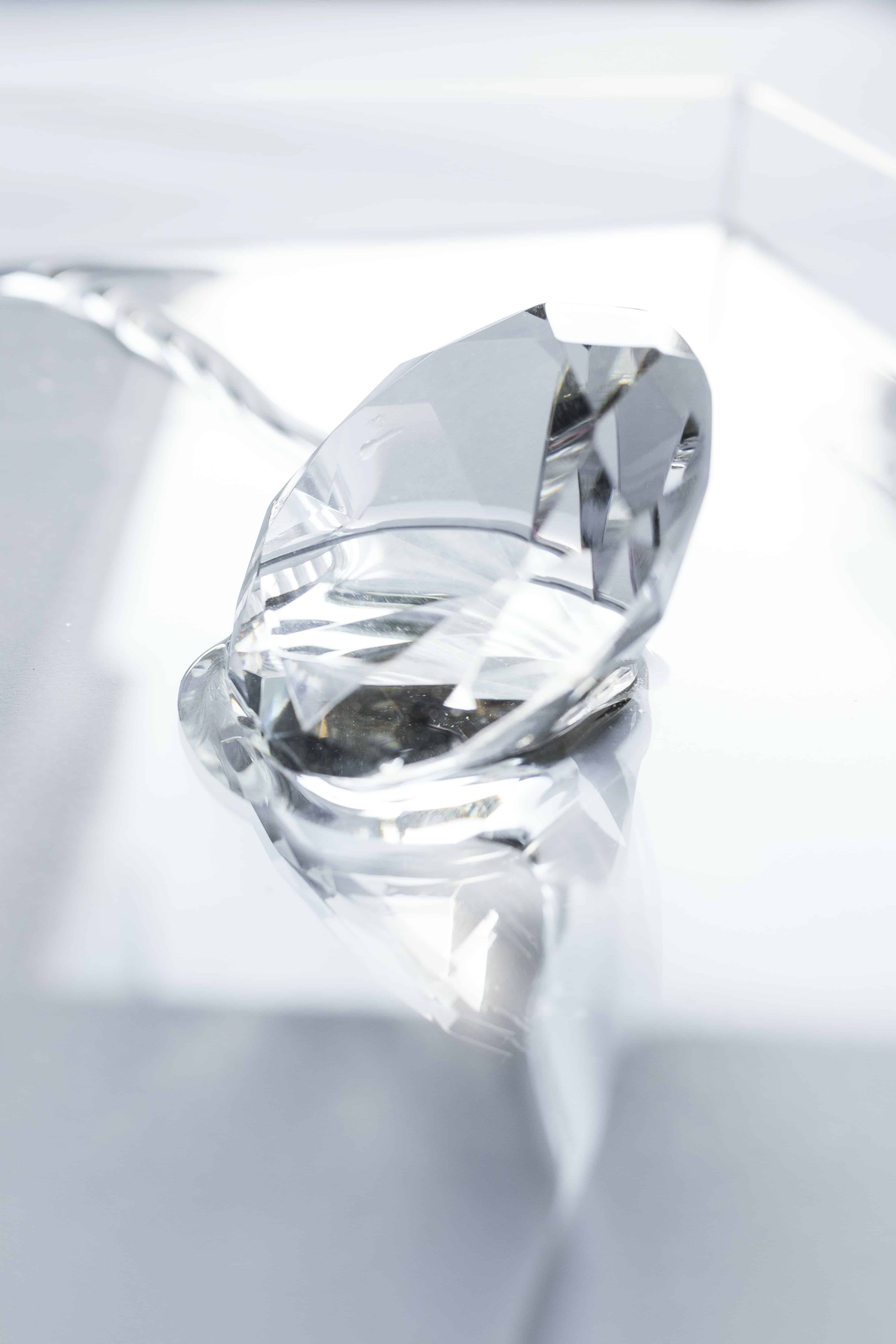When wedding ring shopping, it’s important to know the difference between natural and lab diamonds. Although both are made of carbon, each type has its specific properties. Diamond is a very strong mineral—one of the toughest on earth—but how it looks and feels can vary based on where it came from, or what kind of diamond we’re talking about.
When shopping for wedding rings, consider carefully if you want a natural or lab diamond wedding band depending on your preferences for the design, budget, and other factors.

Natural Diamonds
A natural diamond is an amazing substance made from carbon and the hardest known thing on earth. It takes millions of years for a single stone to form, but can be created at depths 85 miles below our planet’s surface under very high pressure, with temperatures reaching 1500 degrees Fahrenheit! Once it has been formed in these conditions, it will then travel via molten rock throughout its journey back up until the desired product is achieved—whether for beautiful pieces of jewelry or industrial uses like drill bits, to name one.
Natural diamonds typically come in many shapes and sizes, because there is no standardization involved, unlike lab diamonds. This gives you more flexibility when wedding ring shopping for your perfect band design. This also means that natural diamonds can vary in color (how warm or cold they look) and clarity (presence of noticeable flaws). Diamonds may be naturally free of impurities, but since they aren’t carbonized under artificial heat unlike lab diamonds, their intrinsic value is higher.
Lab Diamonds
A lab or man-made diamond is created by subjecting a seed to very similar conditions as those found in nature: high pressure and temperature. First, the chosen seeds would be subject to these harsh conditions for weeks before they’re crystallized into perfect crystals. After being inside an artificial environment outside human control (a process called ‘grow out’), cutters then polish these stones so that even though they’re not really ‘natural,’ anyone can tell you’re holding something valuable, just like any other flawless gemstone from natural sources.

Benefits Of Buying Natural Diamonds
Natural diamonds have been purchased and traded for many more years than lab-grown ones, making their pricing more stable. A diamond’s value will usually increase with inflation too; the larger and rarer a stone, the better they are for investments! The same rule applies when you’re looking to buy something transparent or flawless. These types of stones, in general, appreciate faster thanks to natural phenomena like fluorescence, which causes an orange tone on white surfaces where there should be none at all. In fact, for investments, fancy-colored gems would make sense because they tend to look more aesthetically pleasing and attractive.
Benefits Of Purchasing Lab Diamonds
Scientists have found a way to create lab-grown diamonds in the same shape and quality as their natural counterparts. Lab conditions are similar to those found deep within the earth, which take millions of years to form naturally. This means that their chemical properties are likewise similar.

Because these man-made versions can be created more quickly, and you won’t have to wait around if you want a beautiful ring instantly, you can save more money as compared to buying natural ones.
Diamond Durability
Natural diamonds are the strongest stones you can wear on your finger. They rate 10 out of 10 for hardness, which makes them an ideal choice for everyday use. On the other hand, their lab-grown counterparts come in at 9.25, which is not bad at all.
The clarity difference between natural or synthetic options is slight but visible. Thus, those who prefer some extra sparkle may opt to purchase either type rather than wearing two stone sets together.
Regardless of your choice, anyone won’t be able to tell the difference between natural and lab diamonds. They look pretty similar and sparkle just the same. Unless you rub elbows or bump into a gemologist and give them the chance to scrutinize your jewelry, no one will know whether you own a natural or lab one.
If you are in the market for a diamond, it is important to know that natural diamonds are not standardized like a lab or man-made diamonds. Natural diamonds typically come in many shapes and sizes because there is no standardization process, unlike man-made ones. Lab or man-made diamonds are created by subjecting a seed to very similar conditions as those found in nature: high pressure and temperature. If you need more help finding one, consulting an online gemologist can be helpful.